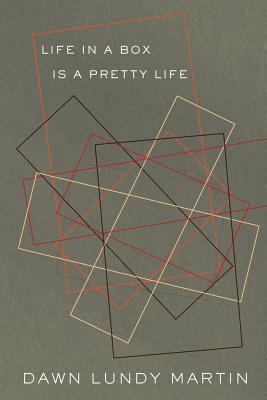What do you think?
Rate this book


104 pages, Paperback
First published December 1, 2014
To be in memory, destructive impulses,
a worship in the side room of the mind.
--
Survival skills liturgy:
Except, who was taken? We want to imagine our connections like sweet water.
Except, the possibility of complete missingness of the person. [...]
Sometimes, in spite of myself, the word, God.
A book is nothing, they say.
A want to theorize this phrase but then flesh just gone.
Tisa tells me about the coming dirt shortage. (p. 51)